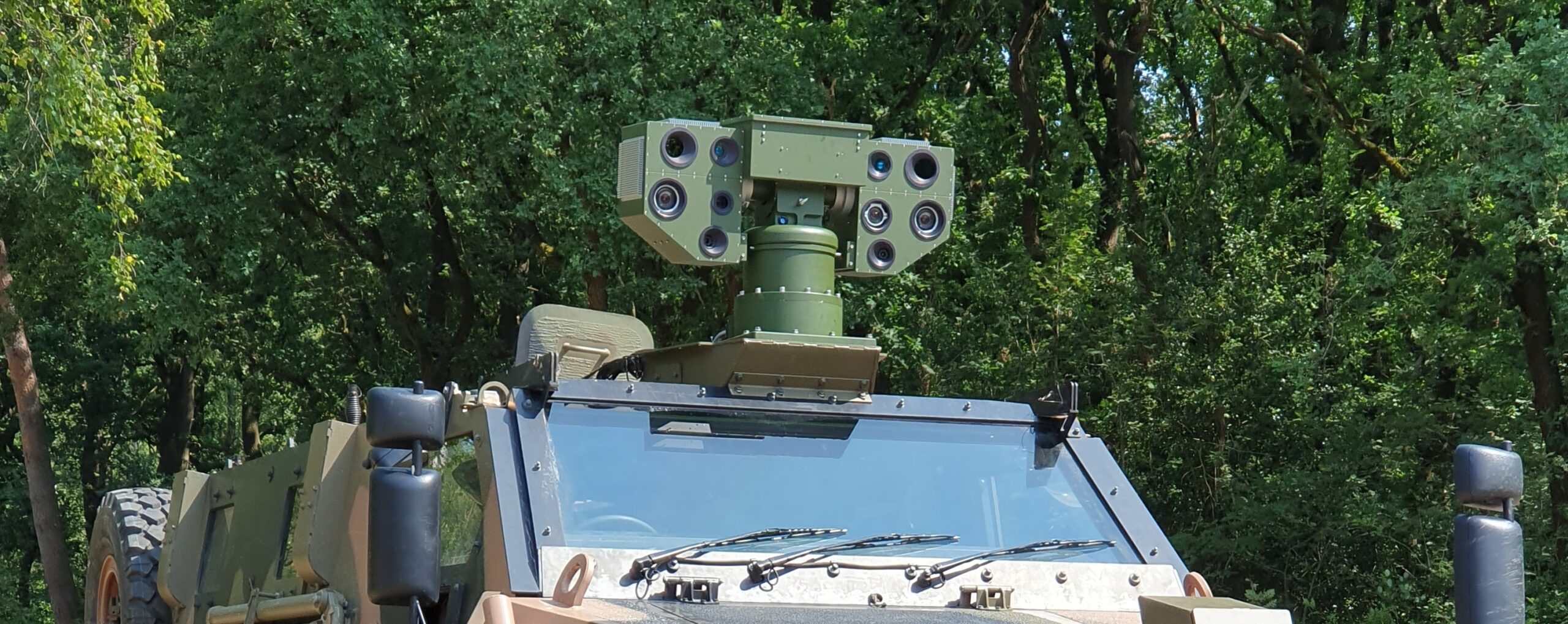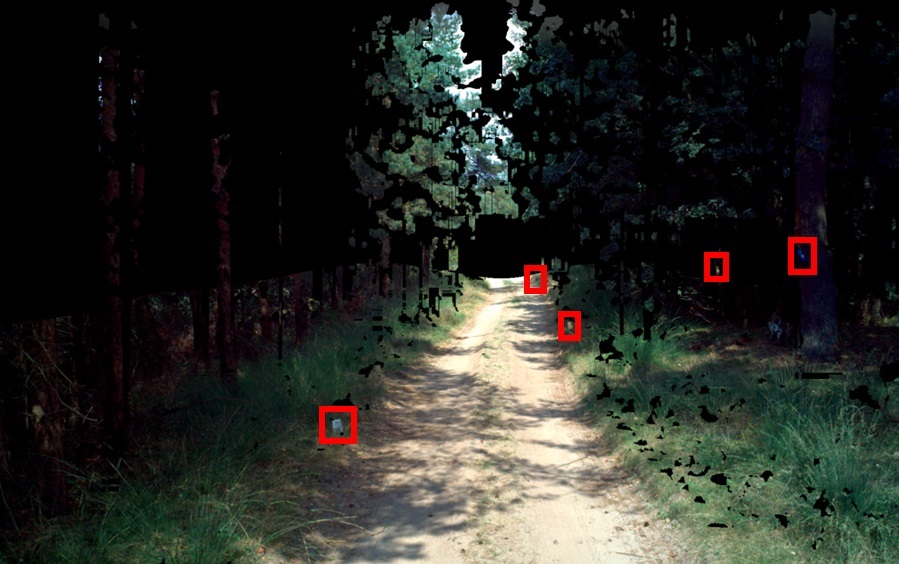
- Solutions
Vision & Awareness
Detection & Tracking
Weapon System Vision
Optical modules for semiconductor & industrial
- Technologies
Design
Fibre Imaging
Image Processing
Wavelengths
- Products
- About

SOLUTIONS
In today’s complex operational environments, detecting potential threats and/or indirect indicators of IEDs (Improvised Explosive Devices) is critical to safeguarding vehicles, crews, and missions. Nedinsco offers cutting-edge threat detection imaging solutions that help military and counter-terrorism forces identify threats early and prevent potential harm.

Nedinsco’s Threat Detection Vision systems leverage cutting-edge Artificial Intelligence (AI) technology to enhance the detection of Improvised Explosive Devices (IEDs). AI algorithms analyze data from multiple imaging technologies, including Visible (VIS), Short-Wave Infrared (SWIR), and Long-Wave Infrared (LWIR) sensors, to identify subtle patterns and anomalies. These advanced algorithms are not hindered by changes in vegetation or shifting shadows, ensuring consistent and reliable analysis in dynamic environments. Image fusion technology merges data from these sensors into a unified, detailed view, facilitating the identification of subtle indicators of IEDs, such as disturbances in terrain or concealed objects. This multispectral approach enables effective detection of potential threats, thereby enhancing situational awareness and mission success.
By combining technical expertise, innovation, and collaboration, we provide advanced solutions designed to address the unique challenges of various industries effectively.
At Nedinsco, our Threat Detection Vision solutions are built on proven technologies and customized to meet your specific requirements, ensuring you achieve excellence. Curious about how we turn your challenges into optimal solutions? Explore our approach to find out more.

Enhanced surveillance and reconnaissance Visible Imaging Sensor cameras are an integral part of surveillance and […]
Integration with multi-spectral imaging systems Nedinsco’s SWIR cameras are seamlessly integrated with other imaging technologies, […]
Integration with multi-spectral imaging systems To maximize their effectiveness, MWIR cameras are often integrated into […]
Integration with multi-spectral imaging systems To improve performance, Nedinsco’s LWIR cameras can be integrated with […]
AI-powered vision by Nedinsco In an era where real-time, intelligent surveillance is critical, our AI-powered […]
Image merging technologies by Nedinsco To provide the best visibility under all conditions, it is […]